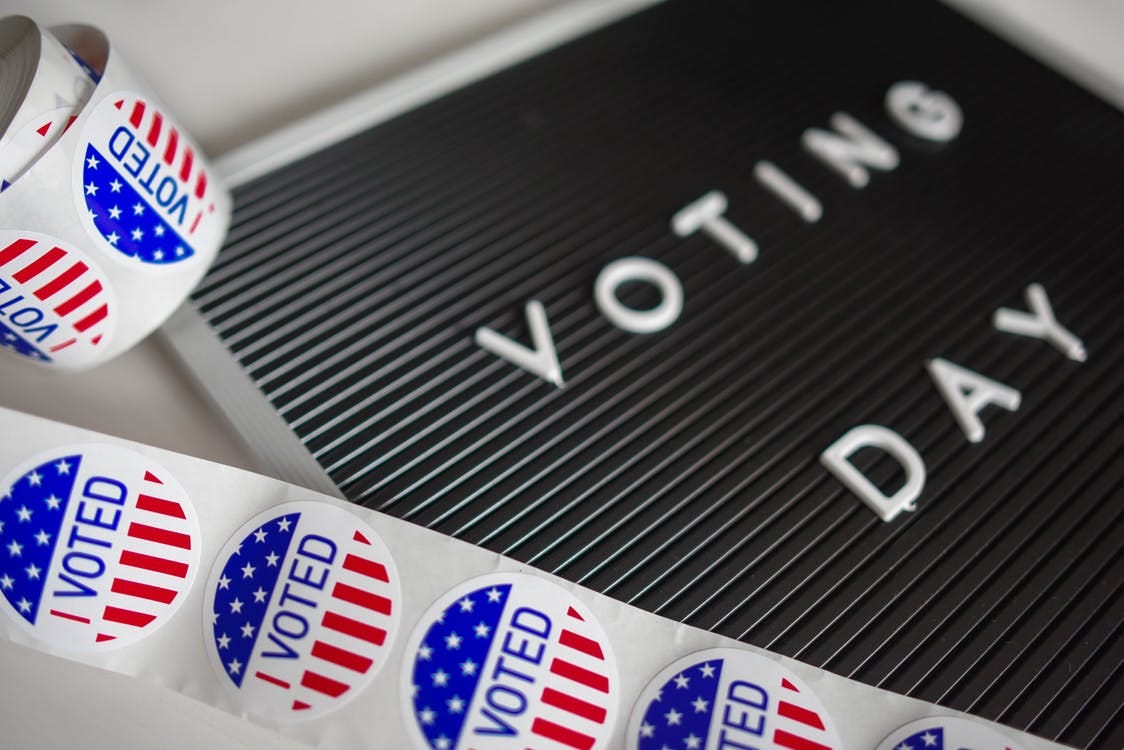My friends, we’ve finally made it to Election Day! Sometime over the next few hours - or, more likely, days - we’ll know whether or not President Donald J. Trump will remain at 1600 Pennsylvania Avenue for another four years or be replaced by former Vice President Joe Biden in January. Some general thoughts as the night progresses:
The Early Vote Effect
…
Keep reading with a 7-day free trial
Subscribe to The Phoenix Quill to keep reading this post and get 7 days of free access to the full post archives.



